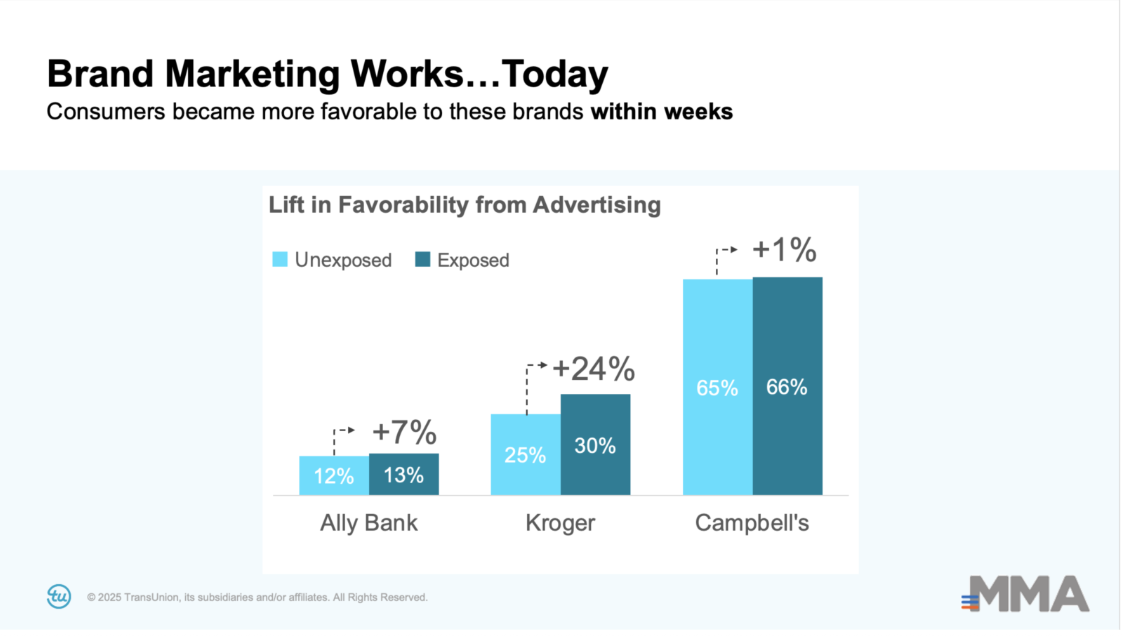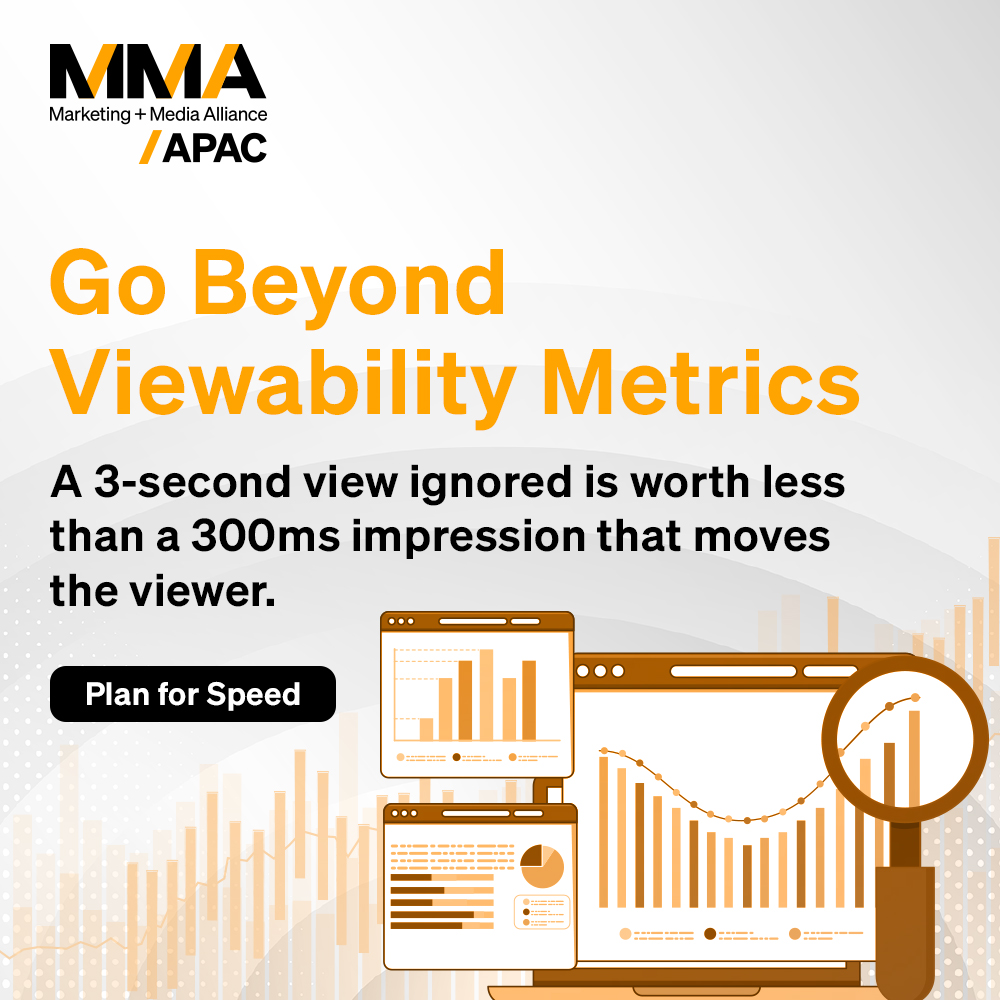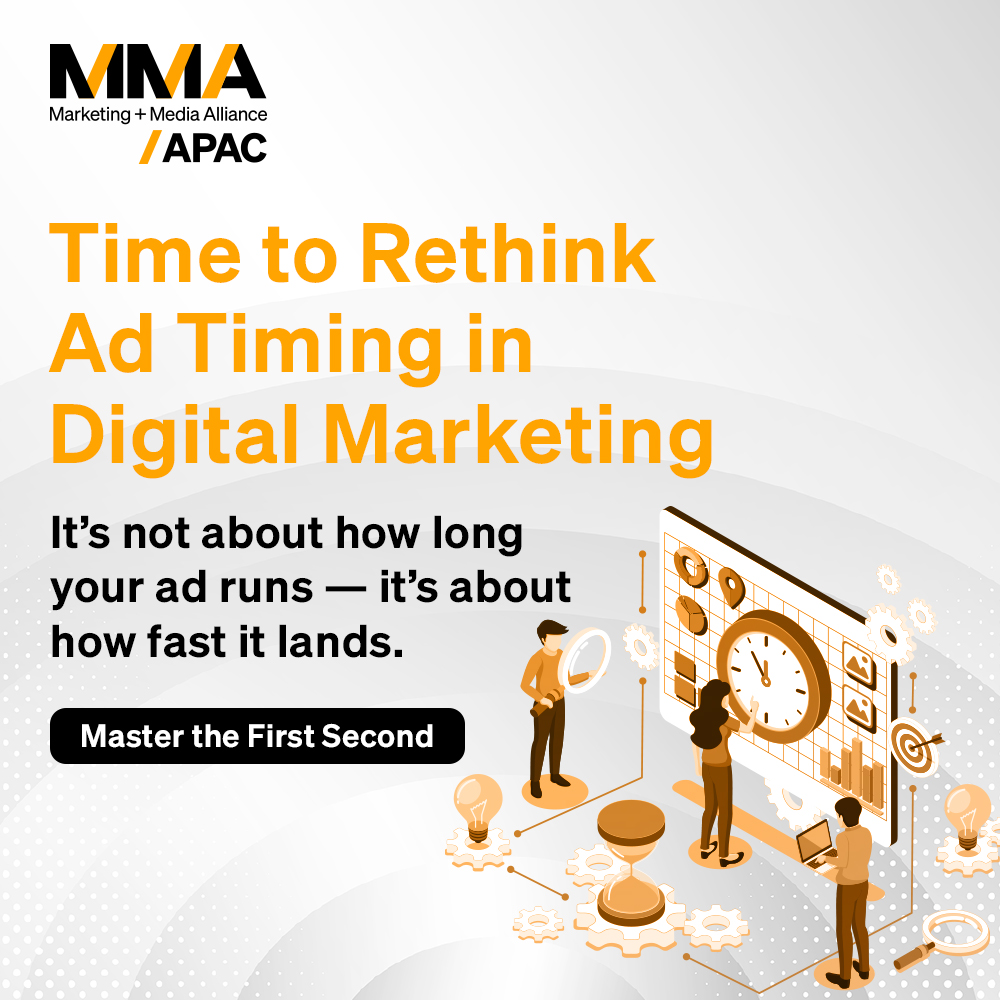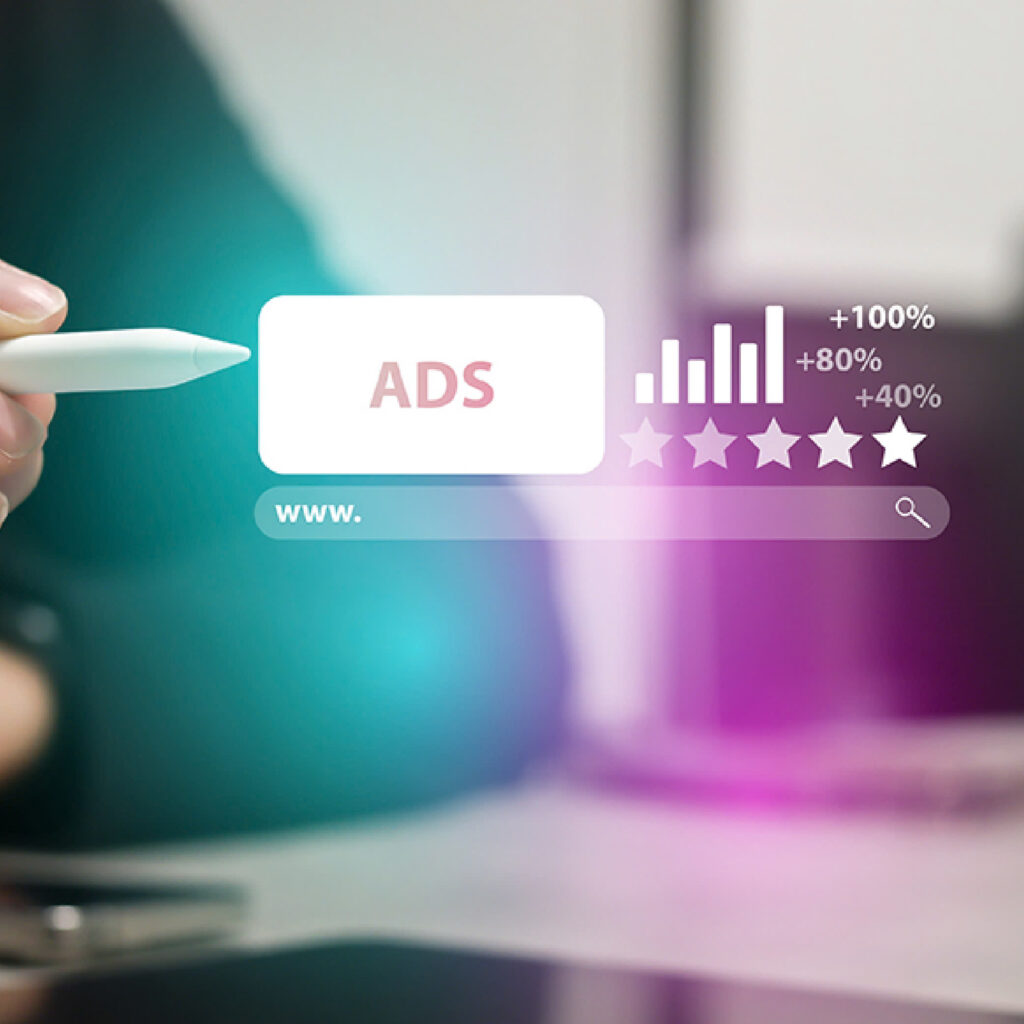
For years, marketers have been trapped in the same debate: does brand really drive sales, or is it just a long-term halo effect that’s impossible to measure? Performance teams have dashboards full of conversions and ROAS, while brand teams are left defending impressions, reach, and awareness. No surprise then that only 23% of marketers say they are satisfied with their ability to measure brand, and nearly two-thirds believe attribution isn’t trusted outside marketing.
That divide is closing fast. The Brand as Performance (BaP) initiative from MMA shows that brand can be measured with the same rigor as performance — and more importantly, that favorability is the missing ROI metric.
Favorability as the growth engine
The research proves that consumers who feel favorable toward a brand convert at four to five times the rate of non-favorables. This isn’t a marginal lift — it’s a decisive shift in the economics of marketing. If your campaigns succeed in nudging more people into the “favorable” camp, you’ve built a pipeline of buyers who are far more likely to act when exposed to future promotions.
The short-term win
One of the most striking findings is how fast brand marketing works. Within weeks of exposure, consumers became more favorable to the brands studied. This contradicts the old assumption that brand investment is a long game with little immediate payoff. In reality, brand campaigns deliver short-term shifts in attitude that are directly linked to sales.
The long-term compounding effect
Where brand really shines, however, is over time. BaP studies found that the long-term impact of marketing is 1.8x to 6x stronger than the short-term effect. In practice, this means the true sales impact of a campaign often unfolds months after the media spend ends. At Kroger, for example, more than 80% of sales lift happened in the seven months after the campaign had finished.
Case studies across industries
From packaged food (Campbell’s) to banking (Ally Bank) to retail (Kroger), the results tell the same story.
- Favorables are consistently more responsive to advertising.
- New favorable non-customers convert at higher rates than expected.
- Favorable existing customers stay longer and spend more.
These are not abstract brand equity gains — they are measurable sales outcomes tied directly to shifts in consumer sentiment.

What marketers should do now
The implications are clear.
- Start tracking favorability as a core metric. It belongs on the same dashboard as conversions and CPA.
- Rebalance your media mix. Don’t just chase immediate ROAS; allocate budget to brand campaigns that create favorables and fuel future performance.
- Measure beyond campaign windows. If you stop at the last impression, you’ll miss the majority of ROI.
Closing thought
Brand as Performance reframes the old debate. It’s no longer brand versus performance — it’s brand as performance. Favorability is the bridge, the metric that proves brand drives growth today and multiplies returns tomorrow. Marketers who start measuring and managing for favorability will not just win the argument — they’ll win market share.



















